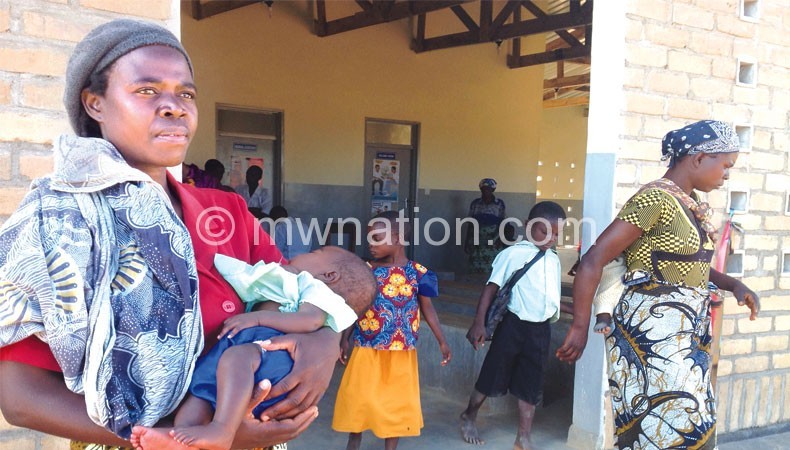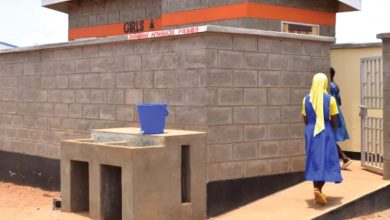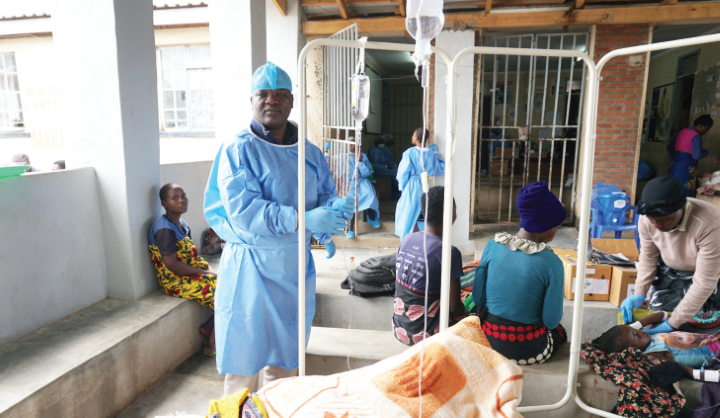Saving rural women from bush deliveries

On a chilly Sunday morning in March this year, Mary Kumwenda 40, from Kazizwa Village, T/A Mpherembe, Mzimba embarked on a painful and long journey to Thunduwike Health Centre.
She was feeling labour pains and had to walk the distance to the facility accompanied by her mother in-law and sister.
Looking back, Kumwenda says she has these two people to thank for helping deliver her baby at a bush and saving her life.
“I was so weak, the pain intense and I could not bear it anymore. Before long, I could feel the baby coming so we just diverted to a nearby bush where, with the help of my two relations, I gave birth to my baby girl,” she says.
Calling it her first ‘bush delivery’, Kumwenda says she did not expect it because she had delivered all her five older children at Malidadi.
“It was not by design. It only happened because labour pains started earlier than my estimated date of delivery which was April 16,” she narrates.
The mother of six says she vividly remembers that Sunday as a day she would have died of post partum haemorrhage.
“I experienced heavy bleeding following the birth. And because I was very weak due to the loss of blood, we returned home instead of continuing to the facility,” Kumwenda says.
She named the baby Thokozire Tionge Chiuta, Tumbuka for ‘I thank God’.
Despite a government policy that encourages women to deliver in health facilities with the assistance of skilled birth attendants to reduce maternal deaths, women, particularly in rural areas, still give birth in undesirable conditions, sometimes with the help of relations or other unskilled birth attendants.
The World health Organisation (WHO) says post-partum haemorrhage, which refers to excessive bleeding after giving birth, is the leading cause of maternal mortality worldwide.
In Malawi, the condition leads to 25 percent of maternal deaths. WHO indicates that 87 percent of all births in the country take place in rural areas which have limited access to health facilities, putting many women’s lives at risk.
This is why United Nations Secretary General Ban Ki-moon once said; “Despite national and international commitments, millions of women and girls, especially the poor, lack access to basic reproductive health services.”
Group Village Head Kapatamoyo Mhango Nyanjagha from Manolo, as the area is popularly known, reveals that Kumwenda’s case is not isolated.
“We have had many cases of women delivering at home or on their way to hospitals, due to poor access to health facilities,” Nyanjagha says.
But as the saying goes, every cloud has a silver lining.
Press Trust heard the cry of Manolo women and they have constructed a health facility in the area worth K86 million.
The project’s main challenge was the lack of community participation. The project’s chairperson Professor Peter Mwanza says this affected the speed of the project, but the trust did all it could to ensure the project was a success.
“We embarked on this project in September 2011 and had planned to complete somewhere in December 2012 but because of lack of community participation, it delayed to December 2013,” says Mwanza.
He says the trust’s aim is to see women in remote and hard to reach areas access basic maternal services.
“We do not want women, as well as the whole community, to walk over 20km to Thunduwike Health Centre to access health services,” says Mwanza.
The facility started operating towards the end of April, a few weeks after Kumwenda had her bush delivery.
Principal Secretary in the Ministry of Health, Chris Kangómbe, says it is the government’s desire to offer quality health services in remote and hard to reach areas.
“As government, we cannot achieve this on our own. We depend on well-wishers to support us,” Kangómbe says.
He says his ministry is also working to convince health workers to be willing to work in rural and hard to reach areas.





